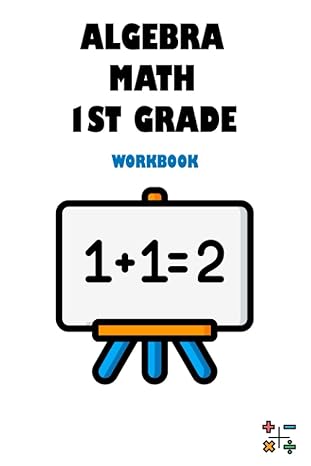Answered step by step
Verified Expert Solution
Question
1 Approved Answer
Stat 101B Assignment four (ANCOVA) Professor Esfadiari Using hsb2.csv data set posted on week six, conduct the following analysis and answer the relevant questions: Using
Stat 101B Assignment four (ANCOVA) Professor Esfadiari Using hsb2.csv data set posted on week six, conduct the following analysis and answer the relevant questions: Using writing scores (write) as outcome variable, gender and program type (prog) as independent variables, and reading scores as covariate... Part A: Conduct two-way anova, Report the linear model found, Report mean, standard deviation, and sample size Check the relevant assumptions, Plot the interaction effect, Conduct the relevant post-hocs. Interpret your conclusions regarding the main effects and interaction effect within context. Make sure that you include post-hocs and means in your interpretations. No need to do simple main effects Part B Conduct multiple linear regression with gender, program type and the interaction between them as predictors. Explain the similarities with anova results reported in part a. Interpret R-squared within context. Part C: Conduct two way ancova (use reading scores as covariate) Write the linear model found from the analysis Check the relevant assumptions, Plot the interaction effect, Conduct the relevant post-hocs. Remember this is not going to be regular Tukey. See ancova handout on week six. Interpret your conclusions regarding the main effects and interaction effect within context. Make sure that you include post-hocs in your interpretations. Part D: Conduct multiple linear regression including, gender, program type, interaction between them, and reading as covariate. Explain the similarities with ancova results reported in part c, and results reported in part b. Part a (Ting Wang, Mengyao Dai) 1. Report the linear model found The linear model is: writing = 57.586207 - -2.969186*male - 4.336207* programtype_general - 6.623244* programtype_vocation - 1.137957* male:programtyp_egeneral - 6.167690* gmale:programtype_vocation 2. Report mean, standard deviation, and sample size Academic General Vocation Row Total N N N N Mean Mean Mean Mean SD SD SD SD Female 109 53.25000 50.96296 54.99083 (7.115672) 47 (8.205248) 21 (8.341193) 23 (8.133715) 91 49.14286 41.82609 50.12088 (8.656621) 105 (10.364776) 45 (8.003705) 50 (10.305161) 200 56.25714 51.33333 46.76000 52.775 (7.943343) 3. 27 54.61702 Column total 24 57.58621 Male 58 (9.397775) (9.318754) (9.478586) Check the relevant assumptions Independence: Is met participants can be in one of the six groups only. Randomness: Subjets are randomly assigned to the groups. Normality: Looks pretty good because most of the points are on the line indicating that actual percentiles fit the percentiles in the normal model. Equality of variance: We are assuming that variances underlying the populations from which the samples in six cells are drawn are equal. P-value = 0.2288 > 0.05 which is not significant, so we fail to reject the null hypothesis. We conclude that our assumption of equality of variance is satisfied. 4. Plot the interaction effect interaction.plot(programtype,gender,writing) 5. Conduct the relevant post-hocs. Since program type has 3 levels and a significant p-value, we need to do the post-hocs to analyze the pairwise interactions. 6. Interpret your conclusions regarding the main effects and interaction effect within context. Make sure that you include post-hocs and means in your interpretations. There is a relationship between program types and writing scores. On average, students in academic program score higher than those in general program. Those in general program score higher than those in vocations program. All these differences are statistically significant. There is a relationship between gender and writing scores. On average , males score lower than females and this difference is statistically significant. Since the two lines are almost parallel, the effect of program type on writing scores is similar for male and female
Step by Step Solution
There are 3 Steps involved in it
Step: 1

Get Instant Access to Expert-Tailored Solutions
See step-by-step solutions with expert insights and AI powered tools for academic success
Step: 2

Step: 3

Ace Your Homework with AI
Get the answers you need in no time with our AI-driven, step-by-step assistance
Get Started


